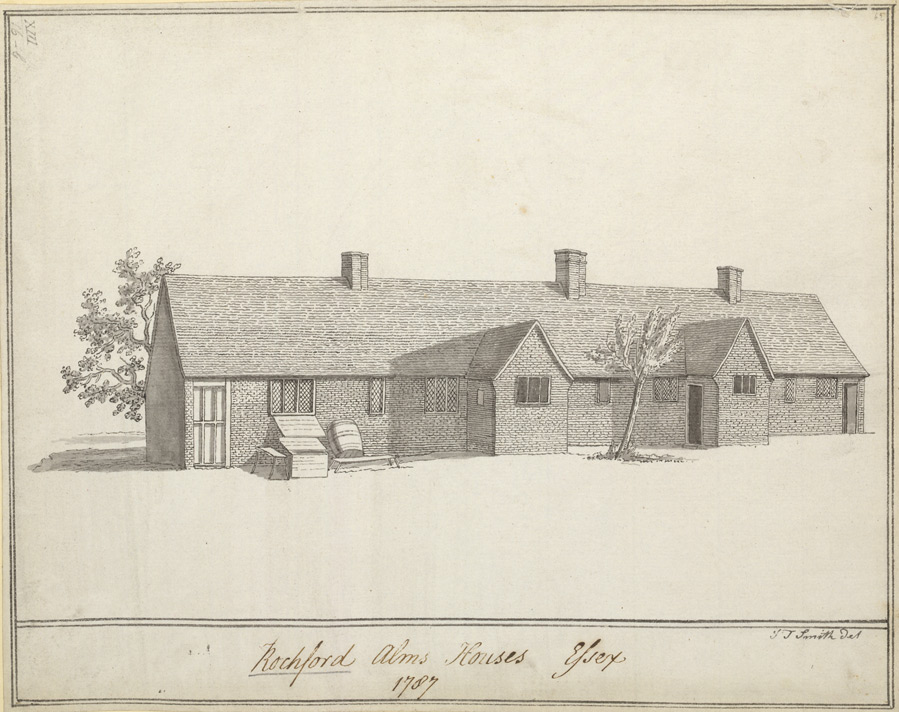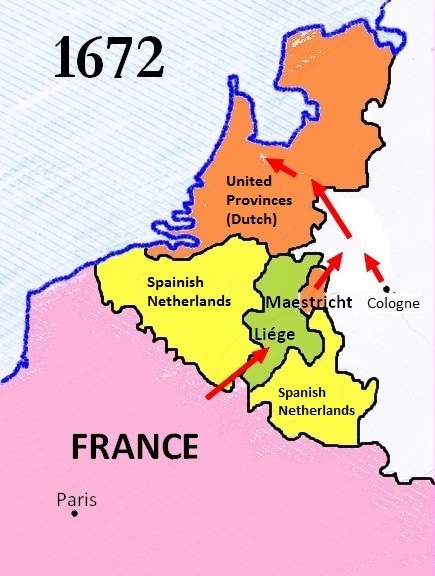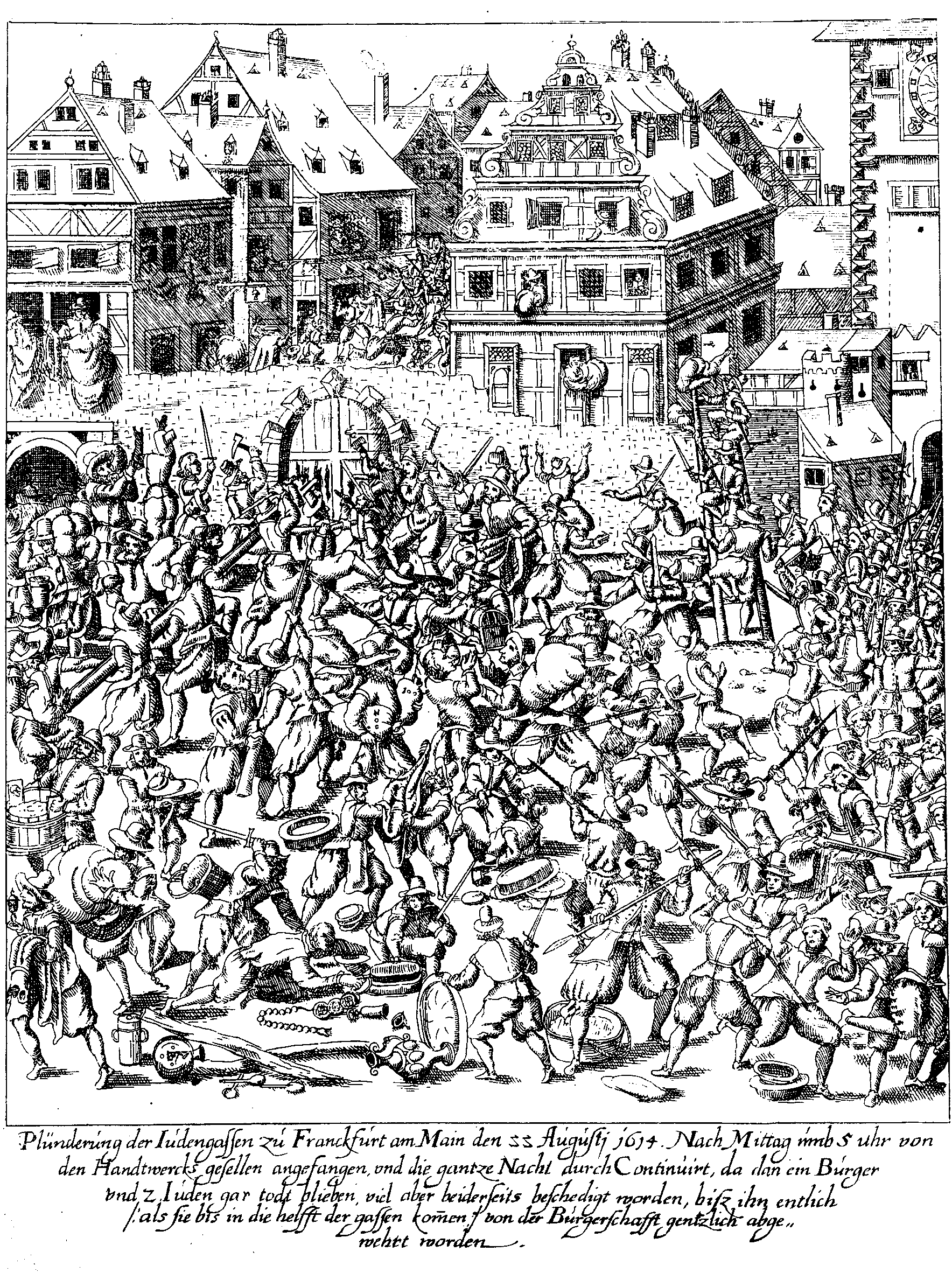|
Neuerburg (castle)
The Neuerburg (german: Burg Neuerburg) is a castle and fortress in the western Eifel mountains in the Enzbach valley above the town of Neuerburg in the county of Eifelkreis Bitburg-Prüm in the German state of Rhineland-Palatinate. After being restored from 1926 onwards, it has been used as a ''Jugendburg''. History The first definite record of the hillside castle was in 1132, when a Theoderic of Neuerburg witnessed a deed of gift. The castle was certainly older than that because, in 1270, the Count of Vianden and '' Herrschaft'' of Neuerburg were described as an old fief of his house, which he himself was enfeoffed with by the Count of Luxemburg. An older document about the second Norman invasion of 892 mentions a newly built castle into which the monks of Prüm Abbey fled. But this could refer to any one of several castles in the Eifel region. The importance of the castle is indicated by the fact that, in 1332, it gave town rights to the town located at its feet. ... [...More Info...] [...Related Items...] OR: [Wikipedia] [Google] [Baidu] |
Neuerburg
Neuerburg ( lb, Neierbuerg) is a city in the district of Bitburg-Prüm, in Rhineland-Palatinate, Germany. It is situated in the Eifel, near the border with Luxembourg, approx. 20 km north-west of Bitburg and 20 km north-east of Diekirch. Neuerburg was formerly the seat of the '' Verbandsgemeinde'' ("collective municipality") of Neuerburg, and since 1 July 2014 has been the seat of the ''Verbandsgemeinde'' Südeifel The South Eifel (german: Südeifel) refers to that part of the Eifel mountain region around the Bitburg-Prüm district in the German state of Rhineland-Palatinate. It is bordered to the south and southeast by the river Moselle, to the northwest b .... References Bitburg-Prüm {{BitburgPrüm-geo-stub ... [...More Info...] [...Related Items...] OR: [Wikipedia] [Google] [Baidu] |
Prüm Abbey
Prüm Abbey is a former Benedictine abbey in Prüm, now in the diocese of Trier (Germany), founded by the Frankish widow Bertrada the elder and her son Charibert, Count of Laon, in 721. The first abbot was Angloardus. The Abbey ruled over a vast hinterland comprising dozens of towns, villages and hamlets. Its abbot enjoyed the status of a prince (''Fürst'') of the Holy Roman Empire, and as such had seat and vote on the Ecclesiastical Bench of the College of ruling princes of the Imperial Diet. After 1574, the archbishops-electors of Trier became the "perpetual administrators" of Prüm Abbey which, while preserving its princely status, became, de facto, an adjunct of Trier. History The Abbey's early period up to the 13th century Bertrada of Prüm's granddaughter was Bertrada the younger, wife of King Pepin the Short (751–68). Prüm became the favourite monastery of the Carolingian dynasty and received large endowments and privileges. Pepin rebuilt the monastery and be ... [...More Info...] [...Related Items...] OR: [Wikipedia] [Google] [Baidu] |
Gaol
A prison, also known as a jail, gaol (dated, standard English, Australian, and historically in Canada), penitentiary (American English and Canadian English), detention center (or detention centre outside the US), correction center, correctional facility, lock-up, hoosegow or remand center, is a facility in which inmates (or prisoners) are confined against their will and usually denied a variety of freedoms under the authority of the state as punishment for various crimes. Prisons are most commonly used within a criminal justice system: people charged with crimes may be imprisoned until their trial; those pleading or being found guilty of crimes at trial may be sentenced to a specified period of imprisonment. In simplest terms, a prison can also be described as a building in which people are legally held as a punishment for a crime they have committed. Prisons can also be used as a tool of political repression by authoritarian regimes. Their perceived opponents may be ... [...More Info...] [...Related Items...] OR: [Wikipedia] [Google] [Baidu] |
Almshouse
An almshouse (also known as a bede-house, poorhouse, or hospital) was charitable housing provided to people in a particular community, especially during the medieval era. They were often targeted at the poor of a locality, at those from certain forms of previous employment, or their widows, and at elderly people who could no longer pay rent, and are generally maintained by a charity or the trustees of a bequest ( alms are, in the Christian tradition, money or services donated to support the poor and indigent). Almshouses were originally formed as extensions of the church system and were later adapted by local officials and authorities. History Many almshouses are European Christian institutions though some are secular. Almshouses provide subsidised accommodation, often integrated with social care resources such as wardens. England Almshouses were established from the 10th century in Britain, to provide a place of residence for poor, old and distressed people. They were som ... [...More Info...] [...Related Items...] OR: [Wikipedia] [Google] [Baidu] |
Coalition Wars
The French Revolutionary and Napoleonic Wars, sometimes called the Great French War, were a series of conflicts between the French and several European monarchies between 1792 and 1815. They encompass first the French Revolutionary Wars against the newly declared French Republic and from 1803 onwards the Napoleonic Wars against First Consul and later Emperor Napoleon Bonaparte. Encarta-encyclopedie Winkler Prins (1993–2002) s.v. "coalitieoorlogen". Microsoft Corporation/Het Spectrum. They include the Coalition Wars as a subset: seven wars waged by various military alliances of great European powers, known as Coalitions, against Revolutionary France – later the First French Empire – and its allies between 1792 and 1815: * War of the First Coalition (April 1792 – October 1797) * War of the Second Coalition (1798 – 1802) * War of the Third Coalition (1803 – 1806) * War of the Fourth Coalition (October 1806 – July 1807) * War of the Fifth Coalition (April – October ... [...More Info...] [...Related Items...] OR: [Wikipedia] [Google] [Baidu] |
Franco-Dutch War
The Franco-Dutch War, also known as the Dutch War (french: Guerre de Hollande; nl, Hollandse Oorlog), was fought between France and the Dutch Republic, supported by its allies the Holy Roman Empire, Spain, Brandenburg-Prussia and Denmark-Norway. In its early stages, France was allied with Münster and Cologne, as well as England. The 1672 to 1674 Third Anglo-Dutch War and 1675 to 1679 Scanian War are considered related conflicts. The war began in May 1672 when France nearly overran the Dutch Republic, an event still known as the '' Rampjaar'' or "Disaster Year". Their advance was halted by the Dutch Water Line in June and by late July the Dutch position had stabilised. Concern over French gains led to a formal alliance in August 1673 between the Dutch, Emperor Leopold I, Spain and Brandenburg-Prussia. They were joined by Lorraine and Denmark, while England made peace in February 1674. Now facing a war on multiple fronts, the French withdrew from the Dutch Republic, ret ... [...More Info...] [...Related Items...] OR: [Wikipedia] [Google] [Baidu] |
War Of The Palatine Succession
The Nine Years' War (1688–1697), often called the War of the Grand Alliance or the War of the League of Augsburg, was a conflict between France and a European coalition which mainly included the Holy Roman Empire (led by the Habsburg monarchy), the Dutch Republic, England, Spain, Savoy, Sweden and Portugal. Although not the first European war to spill over to Europe's overseas colonies, the events of the war spread to such far away places as the Americas, India, and West Africa. It is for this reason that it is sometimes considered the first world war. The conflict encompassed the Glorious Revolution in England, where William of Orange deposed the unpopular James VII and II and subsequently struggled against him for control of Scotland and Ireland, and a campaign in colonial North America between French and English settlers and their respective Native American allies. Louis XIV of France had emerged from the Franco-Dutch War in 1678 as the most powerful monarch ... [...More Info...] [...Related Items...] OR: [Wikipedia] [Google] [Baidu] |
Pillage
Looting is the act of stealing, or the taking of goods by force, typically in the midst of a military, political, or other social crisis, such as war, natural disasters (where law and civil enforcement are temporarily ineffective), or rioting. The proceeds of all these activities can be described as booty, loot, plunder, spoils, or pillage. During modern-day armed conflicts, looting is prohibited by international law, and constitutes a war crime.Rule 52. Pillage is prohibited. ''Customary IHL Database'', International Committee of the Red Cross (ICRC)/ [...More Info...] [...Related Items...] OR: [Wikipedia] [Google] [Baidu] |
Thirty Years' War
The Thirty Years' War was one of the longest and most destructive conflicts in European history, lasting from 1618 to 1648. Fought primarily in Central Europe, an estimated 4.5 to 8 million soldiers and civilians died as a result of battle, famine, and disease, while some areas of what is now modern Germany experienced population declines of over 50%. Related conflicts include the Eighty Years' War, the War of the Mantuan Succession, the Franco-Spanish War, and the Portuguese Restoration War. Until the 20th century, historians generally viewed it as a continuation of the religious struggle initiated by the 16th-century Reformation within the Holy Roman Empire. The 1555 Peace of Augsburg attempted to resolve this by dividing the Empire into Lutheran and Catholic states, but over the next 50 years the expansion of Protestantism beyond these boundaries destabilised the settlement. While most modern commentators accept differences over religion and Imperial authority were ... [...More Info...] [...Related Items...] OR: [Wikipedia] [Google] [Baidu] |
Polygon
In geometry, a polygon () is a plane figure that is described by a finite number of straight line segments connected to form a closed '' polygonal chain'' (or ''polygonal circuit''). The bounded plane region, the bounding circuit, or the two together, may be called a polygon. The segments of a polygonal circuit are called its ''edges'' or ''sides''. The points where two edges meet are the polygon's '' vertices'' (singular: vertex) or ''corners''. The interior of a solid polygon is sometimes called its ''body''. An ''n''-gon is a polygon with ''n'' sides; for example, a triangle is a 3-gon. A simple polygon is one which does not intersect itself. Mathematicians are often concerned only with the bounding polygonal chains of simple polygons and they often define a polygon accordingly. A polygonal boundary may be allowed to cross over itself, creating star polygons and other self-intersecting polygons. A polygon is a 2-dimensional example of the more general polytope in any nu ... [...More Info...] [...Related Items...] OR: [Wikipedia] [Google] [Baidu] |
Artillery
Artillery is a class of heavy military ranged weapons that launch munitions far beyond the range and power of infantry firearms. Early artillery development focused on the ability to breach defensive walls and fortifications during sieges, and led to heavy, fairly immobile siege engines. As technology improved, lighter, more mobile field artillery cannons developed for battlefield use. This development continues today; modern self-propelled artillery vehicles are highly mobile weapons of great versatility generally providing the largest share of an army's total firepower. Originally, the word "artillery" referred to any group of soldiers primarily armed with some form of manufactured weapon or armor. Since the introduction of gunpowder and cannon, "artillery" has largely meant cannons, and in contemporary usage, usually refers to shell-firing guns, howitzers, and mortars (collectively called ''barrel artillery'', ''cannon artillery'', ''gun artillery'', or - a lay ... [...More Info...] [...Related Items...] OR: [Wikipedia] [Google] [Baidu] |
Bastion
A bastion or bulwark is a structure projecting outward from the curtain wall of a fortification, most commonly angular in shape and positioned at the corners of the fort. The fully developed bastion consists of two faces and two flanks, with fire from the flanks being able to protect the curtain wall and the adjacent bastions. Compared with the medieval fortified towers they replaced, bastion fortifications offered a greater degree of passive resistance and more scope for ranged defence in the age of gunpowder artillery. As military architecture, the bastion is one element in the style of fortification dominant from the mid 16th to mid 19th centuries. Evolution By the middle of the 15th century, artillery pieces had become powerful enough to make the traditional medieval round tower and curtain wall obsolete. This was exemplified by the campaigns of Charles VII of France who reduced the towns and castles held by the English during the latter stages of the Hundred Years W ... [...More Info...] [...Related Items...] OR: [Wikipedia] [Google] [Baidu] |
_014.jpg)





.jpg)